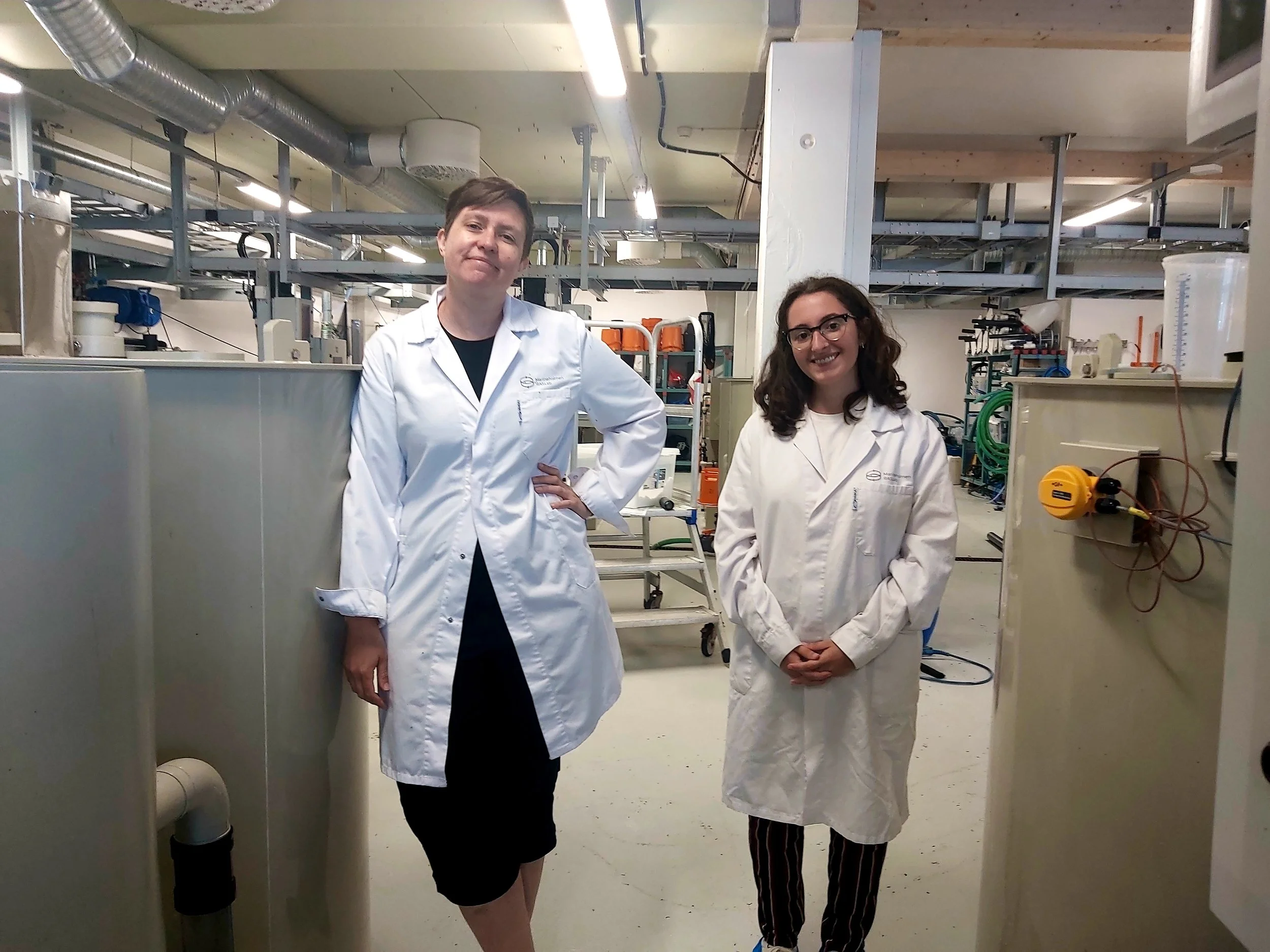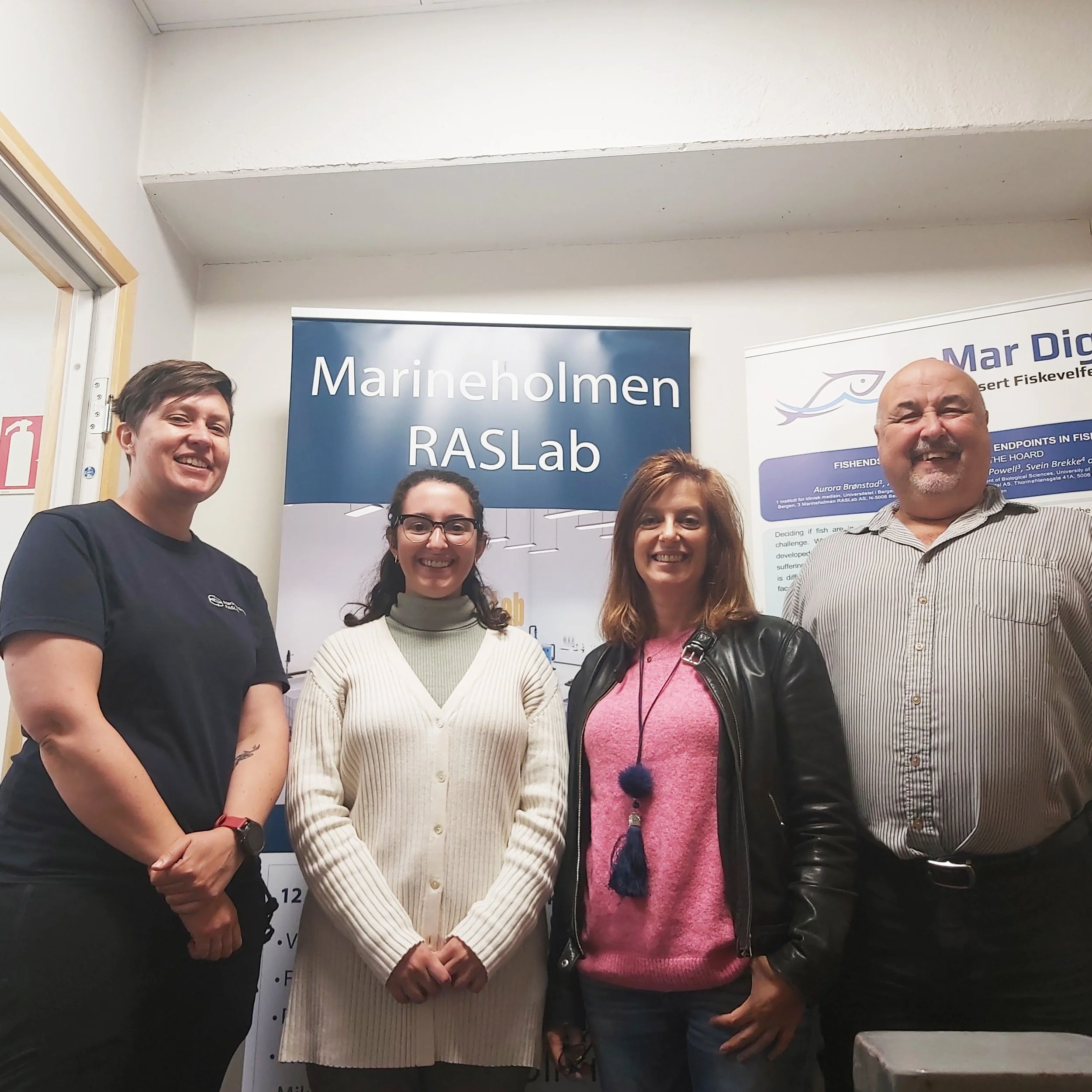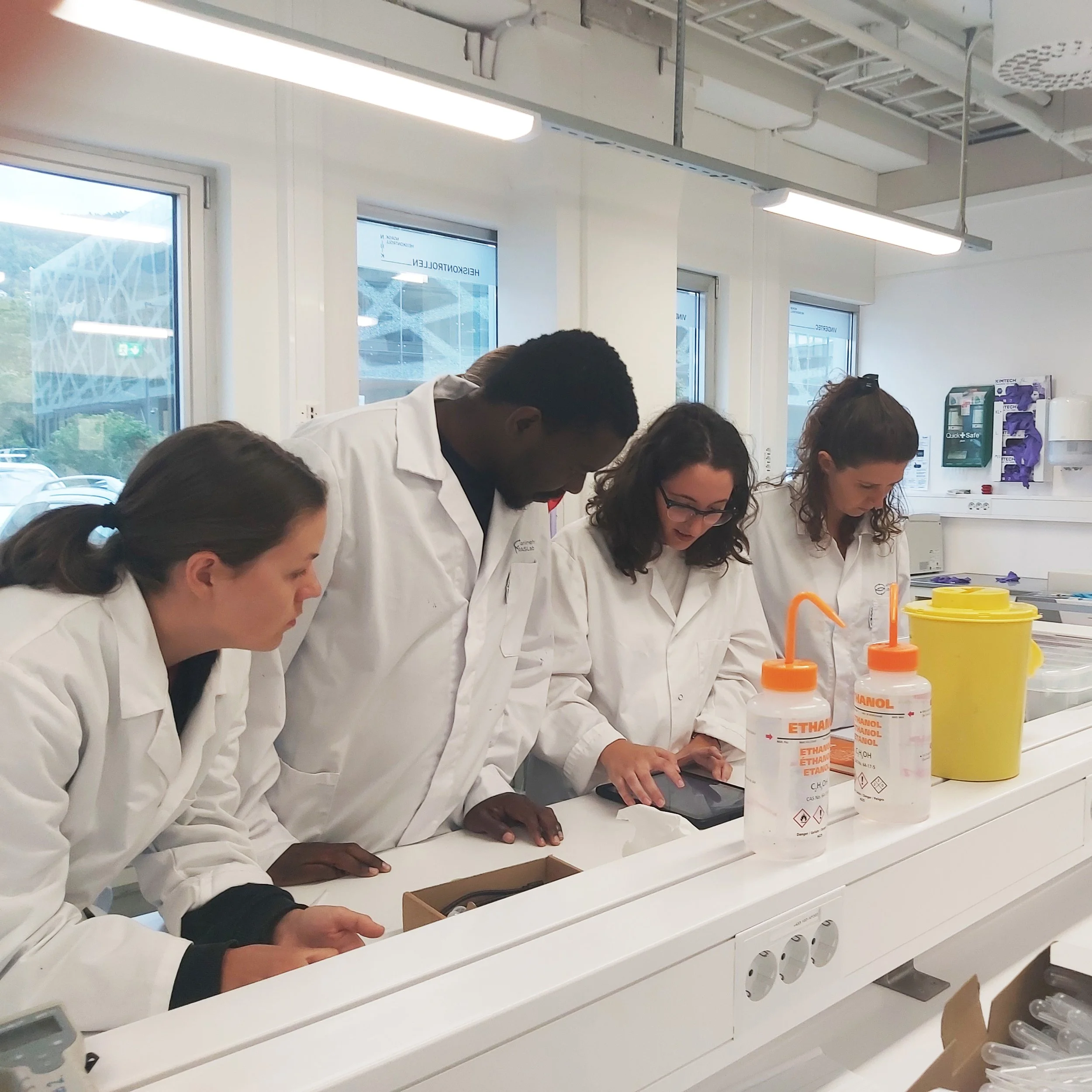In collaboration with RAS Lab and as part of the EEA Grants project, NS2 set out to revolutionize water monitoring in recirculating aquaculture systems (RAS).


1. Project Overview
The primary objective was to integrate NS2’s nitrite biosensor into RAS Lab’s routine processes, comparing the results with their standard methodologies.
To facilitate this, NS2 visited RAS Lab to provide training on biosensor operation and data management, ensuring a seamless transition to our innovative solution.
This project marked a significant step toward validating the performance of our biosensor in real-world aquaculture environments.
2. Key Activities
The primary objective was to integrate NS2’s nitrite biosensor into RAS Lab’s routine processes, comparing the results with their standard methodologies.
To facilitate this, NS2 visited RAS Lab to provide training on biosensor operation and data management, ensuring a seamless transition to our innovative solution.
This project marked a significant step toward validating the performance of our biosensor in real-world aquaculture environments.
3. Results
NS2’s nitrite biosensor delivered highly accurate results, closely aligned with RAS Lab’s existing methods.
NOxAqua software effectively visualized and interpreted data, making the process user-friendly for RAS Lab technicians.
Validation of the biosensor for real water samples in a complex RAS environment.
4. Highlights
User-Friendly Innovation
RAS Lab technicians found NS2’s biosensor simpler and faster than their traditional approaches.Real-World Validation
This was the first large-scale deployment of the biosensor for real-time nitrite monitoring in aquaculture systems.Scenic Collaboration
The visit to RAS Lab in Bergen, Norway, not only strengthened our partnership but also provided the unique experience of Norway’s midnight sun.





